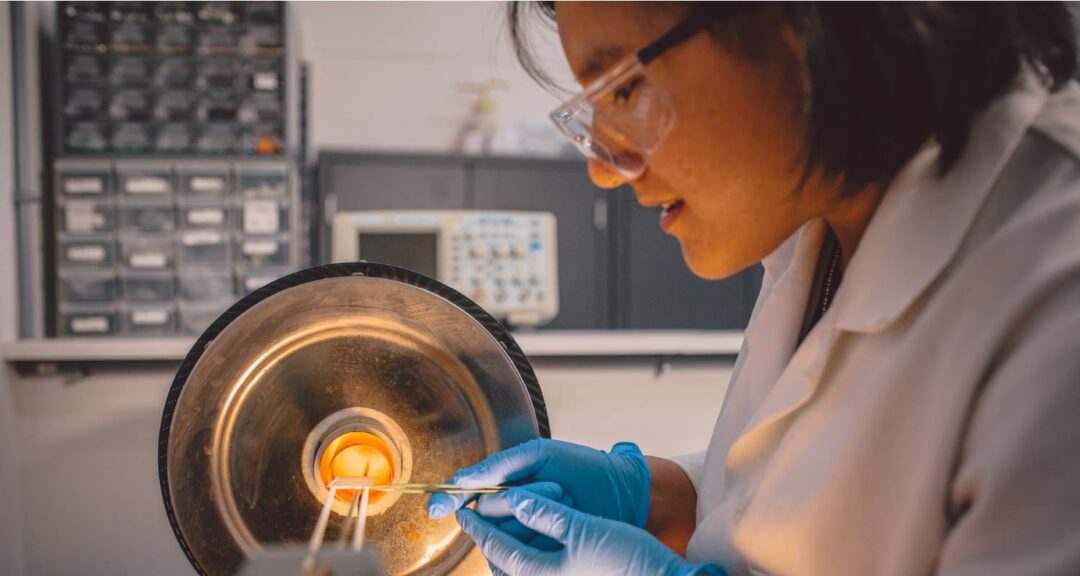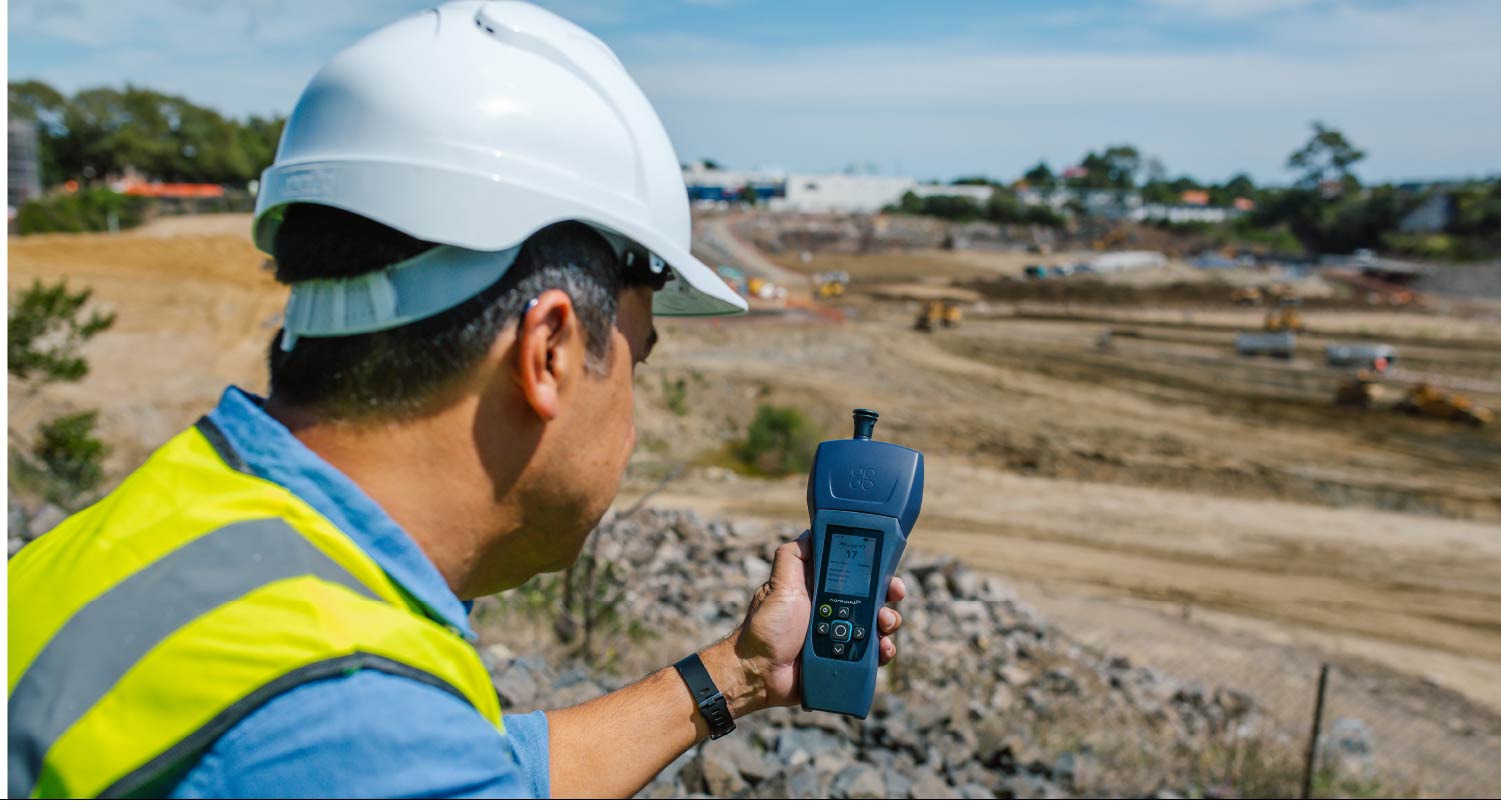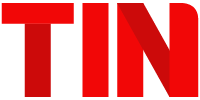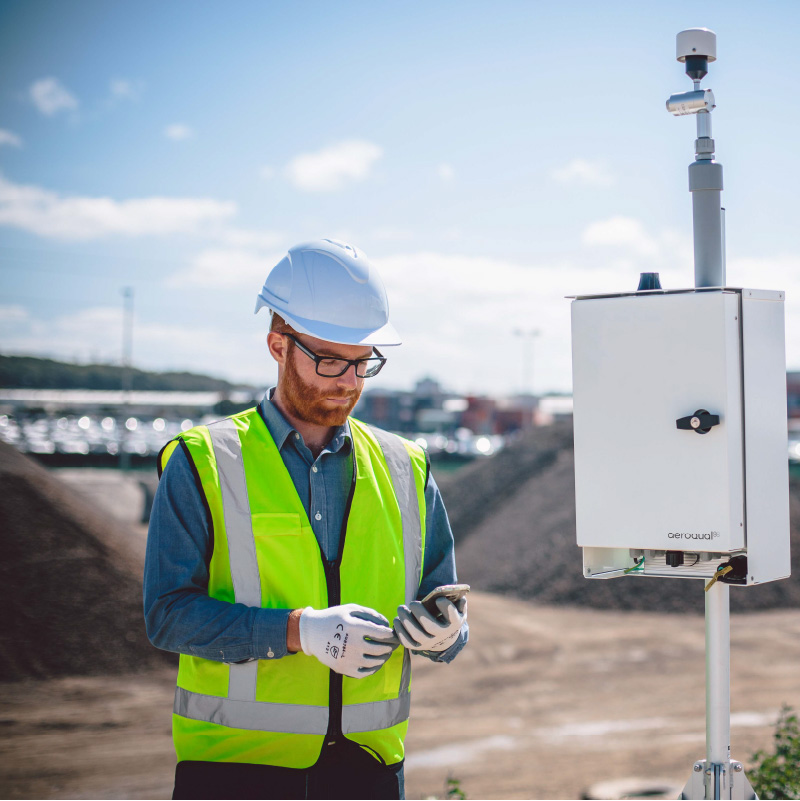Aeroqual provides environmental air quality monitoring equipment and software. The company has been a longstanding member of the TIN200, steadily climbing the ranks over the past ten years from its entry position at 175 in 2011 to reach 130 in 2022.
When air quality was a high priority for governments and businesses around the world due to COVID-19, Aeroqual’s revenue increased substantially, earning them places in the Absolute IT Supreme Scale-Ups in 2019 and 2020. The company developed a high-range electrochemical ozone sensor, usable in hospitals and other spaces for control of sterilization processes.
Today, Aeroqual offers solutions with a wide range of applications: Brownfield site remediation, industrial hygiene, industrial ozone treatment, wildfire smoke protection, indoor air quality monitoring, and outdoor monitoring for community groups and government authorities. It has customers in over 50 countries, among them NASA, Dubai Municipality, and Samsung.
Earlier this year, Aeroqual announced a three-year extension to their cooperative research and development agreement with the US Environmental Protection Agency.
Given that you sell across all regions, you must have collected a massive amount of air quality data from almost the entire world.
How does that influence your product development?
The data we collect at high spatial density provides a method of doing ‘source apportionment’ of potentially harmful gases/particles in the air more accurately than typical regulatory air-quality monitors. We live in a time of ever-growing awareness of the potentially harmful effects of pollution. Especially in the US, our biggest export market, our customers are interested in understanding air quality not just on a macro level but in specific localities. This allows for much more targeted initiatives to clean air or protect staff.
A good example is our wildfire smoke protection product offering. Our real-time wildfire smoke monitor allows customers to measure hyper-local data which in turn protects workers and firefighters from potentially life-threatening situations.
Our monitors work in harsh environments and our data is stored in the cloud and therefore easily accessible, providing invaluable feedback. As we work mainly with environmental consultants and government bodies, data accuracy and reliability are of utmost importance. This builds trust with existing customers and enables us to attract new ones

How do you see AI influencing your product development moving forward?
AI certainly offers opportunities to improve business processes. In software engineering, marketing and technical support, we find AI can help to speed up the product development process and/or facilitate cost savings. We are also looking to use AI on our website to further develop our customer service offering.
However, because traceability and reliability of data is of utmost importance for our customers, a more integrated use of AI is not currently a good fit for our core products. But we are monitoring this technology closely.
Given your wide range of applications across various sectors such as construction, industrial hygiene, and indoor air quality, what are the key growth areas that you see and where do you focus your R&D?
North America presents enormous growth potential for us: it’s already our biggest market and we are continuing to focus our efforts there.
In the US, major cities are currently undergoing rejuvenation projects which lead to former industrial sites being converted to residential and shopping districts. The process of releasing potentially contaminated land for development is called ‘Brownfield site remediation’. To ensure adequate air quality, city councils require reliable air monitoring during the cleanup phase. We work closely with our customers to adapt our products to their needs, and our R&D is therefore customer-led.
Quantifying environmental hazards and climate change is also a growth area for us. As mentioned previously, there is an increasing public awareness of the effects of polluted air on health. There is also greater demand for hard data on the emissions of various green-house gases – not just carbon dioxide. The need to measure gases accurately in various locations on the ground is a growing need for companies and cities worldwide.
In this context, we have developed a methane detector which will have an important application in landfills and oil and gas sites

You still develop your products in NZ. What are the advantages of doing so?
We are constantly evaluating whether to take development and production abroad but to date, the advantages of staying in New Zealand outweigh the disadvantages. Having the product development and final assembly of pre-manufactured components under the same roof allows us to be nimble in our operations. We’ve built strong connections with our US-based staff and partners and this keeps us customer-focused. But we have found the talent pool in New Zealand to be full of smart, and ambitious people who have been at the core of our success.

